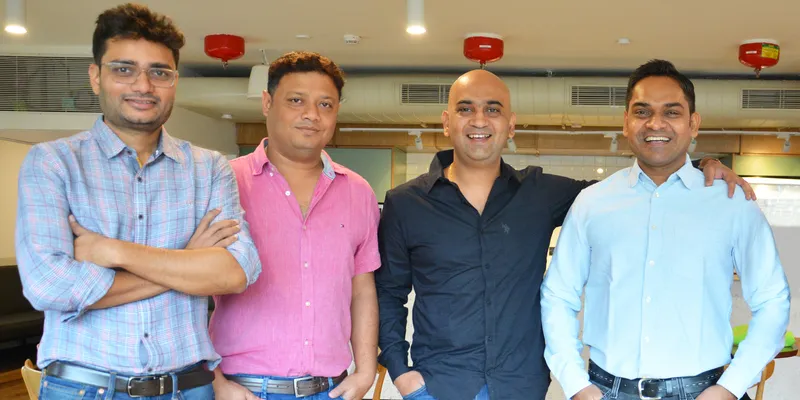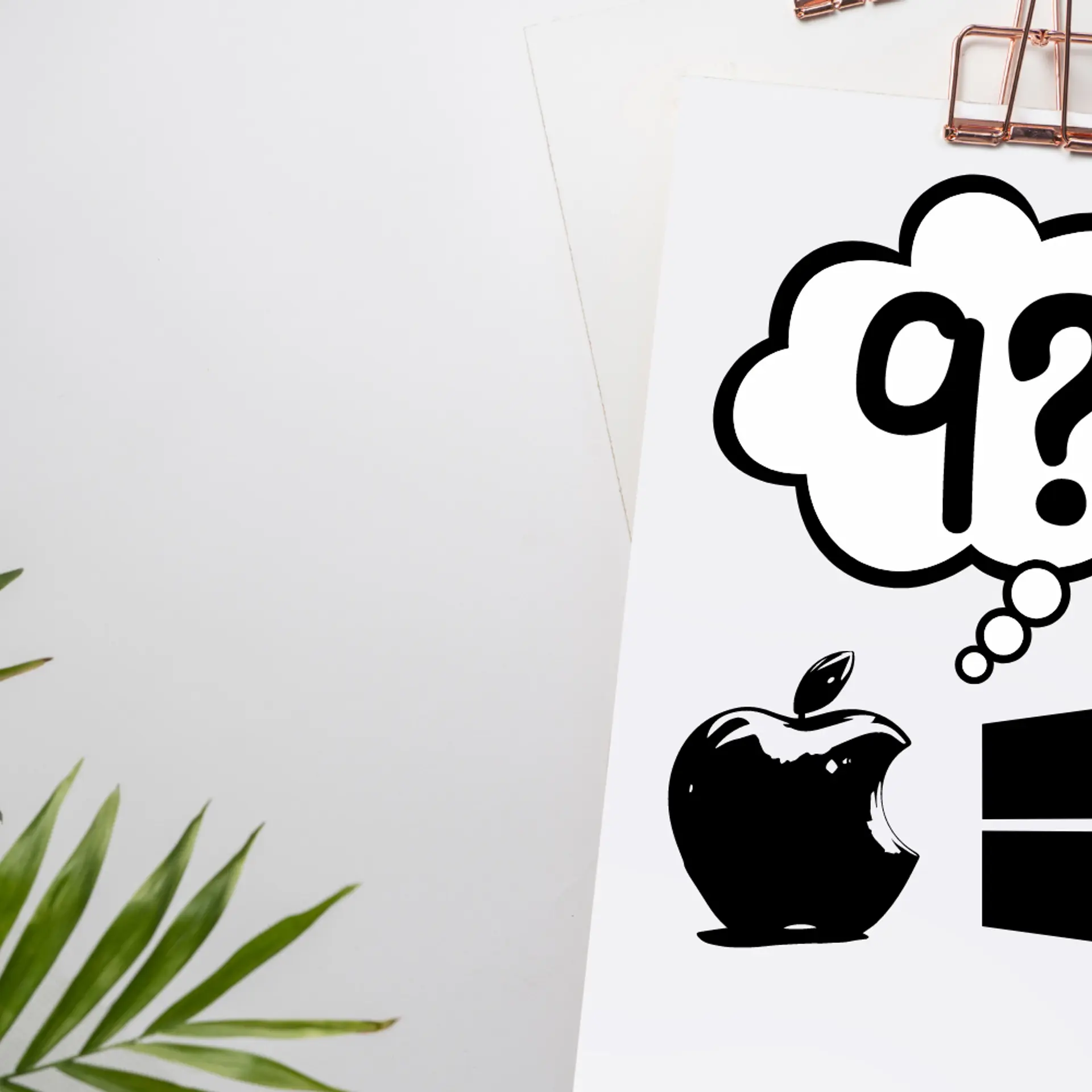[YS Learn] How DealShare’s MVP ensured 30k customers in 20 days of launch
For every startup, the minimum viable product (MVP) plays a vital role in understanding customer needs and giving investors a sense of what the product can achieve with scale. But it is important to build the MVP frugally. Here's how DealShare did it.
When the first wave of ecommerce hit India close to a decade back with the likes of and Amazon, only people from top tier cities started ordering online. Tier II and III markets remained a distant dream.
Cut to 2016, when Jio has changed things. Data became cheaper, mobile phones were available in the most remote corners of the country, and people in Tier II, III, and IV cities were routinely chatting on WhatsApp, watching videos, and uploading stories.
This tech-fronted transformation led Vineet Rao, Sankar Bora, Sourjyendu Medda, and Rajat Shikhar to a realisation when they started in Jaipur, Rajasthan, in September 2018.

Dealshare Founding team
The co-founders realised that the second wave of ecommerce would be different: it would have a social commerce focus. That’s why they launched their platform to primarily target non-metro and middle-income Indian consumers with mass market products.
Here are the steps they took to ensure they could build a frugal MVP in the early days.
Build from first principles
Rajat, Co-founder and CPO, DealShare, says: “DealShare operates in a unique market with the opportunity to create next biggest ecommerce platform by reaching low/mid-income audiences in Tier II and III markets, with a highly relevant catalogue and cost-effective operations.”
Since a significant number of target users were unlike urban users who are familiar with online shopping, he explains they had to think of problems and solutions from first principles and deliberately refrain from obvious elements of ecommerce to begin with.
“In fact, we twisted some commonly held notions on their head, like clear and clean UI or optimal communication. We started by selling via WhatsApp and later built a basic browse-order mechanism with in-your-face discovery, a simple UI, and Hindi-English language options, with a bit of over-the-top communication,” Rajat adds.
The app was built in-house in two weeks and was a viral success amongst the customer base that was earlier buying on WhatsApp. Within 20 days of launch, DealShare had more than 30,000 customers using the app with zero marketing spend. The key reasons for its rapid success were the relevance and comfort it provided to mid-income families.
“We also adopted a bit in-your-face approach when it came to product discover, due to the fact that we had a relatively smaller but highly relevant catalogue with great pricing,” Rajat says.
Incorporate feedback and learnings
“We intentionally didn’t have features like cart, online payment etc. This approach allowed us to test dominant design theories and set benchmarks on what works and what doesn’t for this audience,” Rajat says.
During this time, the team was getting continuous feedback from customers, and everyone - from the leadership to the early founding team - spent considerable time speaking to them.
“Once we had a series of hypothesis and feedback, we went with fast build-release-test cycles to adopt or reject new ideas. We retain this highly experimental approach even today,” Rajat explains.
The key factors that led to the evolution of the product were: learnings from customers, geographical expansion, unique catalogue, and size of the catalogue. The fact that the organisation realised the need for increased automation, data, and empowerment to provide better customer service also played a role.
Understand what your customer needs
“Since the first app release, we have been getting customer feedback and have been continuously evolving our app experience. We have upgraded the app over 25 times since then. We started by providing more information on products and later added options for easier navigation, promotional communication, various incentive programmes, and gamification,” Rajat says.
He adds they take feedback from customers from various sources – feedback forms, customer inbound queries, and outbound surveys both on call and form. The team uses a structured way to take feedback and prioritise it for development.
“Our basic philosophy is to prioritise everything that inbound customers are highlighting, with some validation and impact analysis. While our mechanism for selecting features is based on suggestions and feedback from customers, business teams, and partners, prioritisation is based on a simple framework based on reach, impact, and effort,” Rajat says.
Focus on scale
As DealShare started expanding from one location to multiple cities, the startup needed technology to evolve and provide tools to configure experiences for different customer groups and make operations more scalable.
The company refrained from “imported notions of online shopping experiences” and created experiences that would make sharing and resulting virality easier, helping them acquire customers with little incentives and keeping customer acquisition costs low. Rajat adds,
“We also understood that there was no pre-conceived understanding of this kind of audience about how ecommerce should be, which helped us experiment with games and gamification, resulting in high stickiness and engagement. We also built a lot of internal tech for automation, data, and driving efficiency in logistics, leading to overall better unit economics and customer experience.”
Invest in stable tech architecture
Core tech architecture becomes very important as business starts to scale. A robust architecture would have high scalability, performance, and reliability. In the beginning, however, one can take certain trade-offs. In early stage, a startup's key focus is to validate the viability of the business and achieve product-market fit.
“During this phase, the focus should be on time to market. It’s not wrong to be scrappy when you launch. But once you start gaining traction, you can invest the necessary resources to refactor and rearchitect some components. (Assuming that your traction has unlocked investments in tech and can now invest more resources),” Rajat explains.
In the beginning, when the DealShare platform was relatively lightweight, the architecture would enable flexibility, agility, and resource optimisation. Rajat says they started with MVC-based monolithic architecture with PHP on backend.
“Our choice was driven by the above factors and also the fact that our engineers were more familiar with the stack. This also enabled us to use preexisting design patterns. As we evolved, we started branching out components into independent services and moved towards hybrid architecture. We would like to adopt microservices-based architecture eventually,” Rajat says.
React fast and course-correct
Rajat says in an experiment-driven environment, not all experiments work so we have to “respond fast to course-correct”. There can be mistakes but to avoid making expensive mistakes that lead to a significant customer/business loss or wasted engineering effort, you need to be testing-oriented and focus on building the most impactful pieces within a feature with minimal efforts.
“One of the mistakes we did was that we underestimated the growth potential of our business in the short duration of our starting, which led to the platform falling short on reliability and performance. We responded by identifying bottlenecks and refactoring few key components quickly,” Rajat explains.
Advising early-stage companies on building their MVP, Rajat says:
- Knowing your customer segment is very important for building relevant experience. “We have been focusing on Tier II/low/mid-income audience; that changes several decisions and trade-offs,” he adds.
- Understand how the business value proposition translates into the product experience. Knowing aspects of the business that create the most value helps focus on prioritising the right feature.
- Focusing on achieving product-market fit is the single most important goal in the beginning. Measuring customer satisfaction and feedback relentlessly to understand this should be the agenda.
- Retention builds long-term business and so engaging users and retaining them is very important. Measure retention across cohorts and double down on strategies that have helped retain users.
- Experimentation-led lightweight product cycles would keep improving the product while mitigating risks.
(Edited by Teja Lele Desai)


![[YS Learn] How DealShare’s MVP ensured 30k customers in 20 days of launch](https://images.yourstory.com/cs/2/a9efa9c02dd911e9adc52d913c55075e/oieS1ZsITvDzlTz-1597649353128.jpg?mode=crop&crop=faces&ar=2%3A1&format=auto&w=1920&q=75)
![[YS Learn] Singapore VC firm Saison Capital’s partner on what he looks for in a startup founder’s pitch](https://images.yourstory.com/cs/2/a9efa9c02dd911e9adc52d913c55075e/D-1597589782665.jpg?fm=png&auto=format&h=100&w=100&crop=entropy&fit=crop)
![[YS Learn] 8 key steps entrepreneurs need to write a great business plan](https://images.yourstory.com/cs/2/a9efa9c02dd911e9adc52d913c55075e/Businessplan-01-1597033318560.png?fm=png&auto=format&h=100&w=100&crop=entropy&fit=crop)
![[YS Learn] How can managers balance praise and criticism: key takeaways from Kim Scott’s 'Radical Candor'](https://images.yourstory.com/cs/2/a9efa9c02dd911e9adc52d913c55075e/Reaching-the-unicorn-1591705194203-1596970416689.png?fm=png&auto=format&h=100&w=100&crop=entropy&fit=crop)




